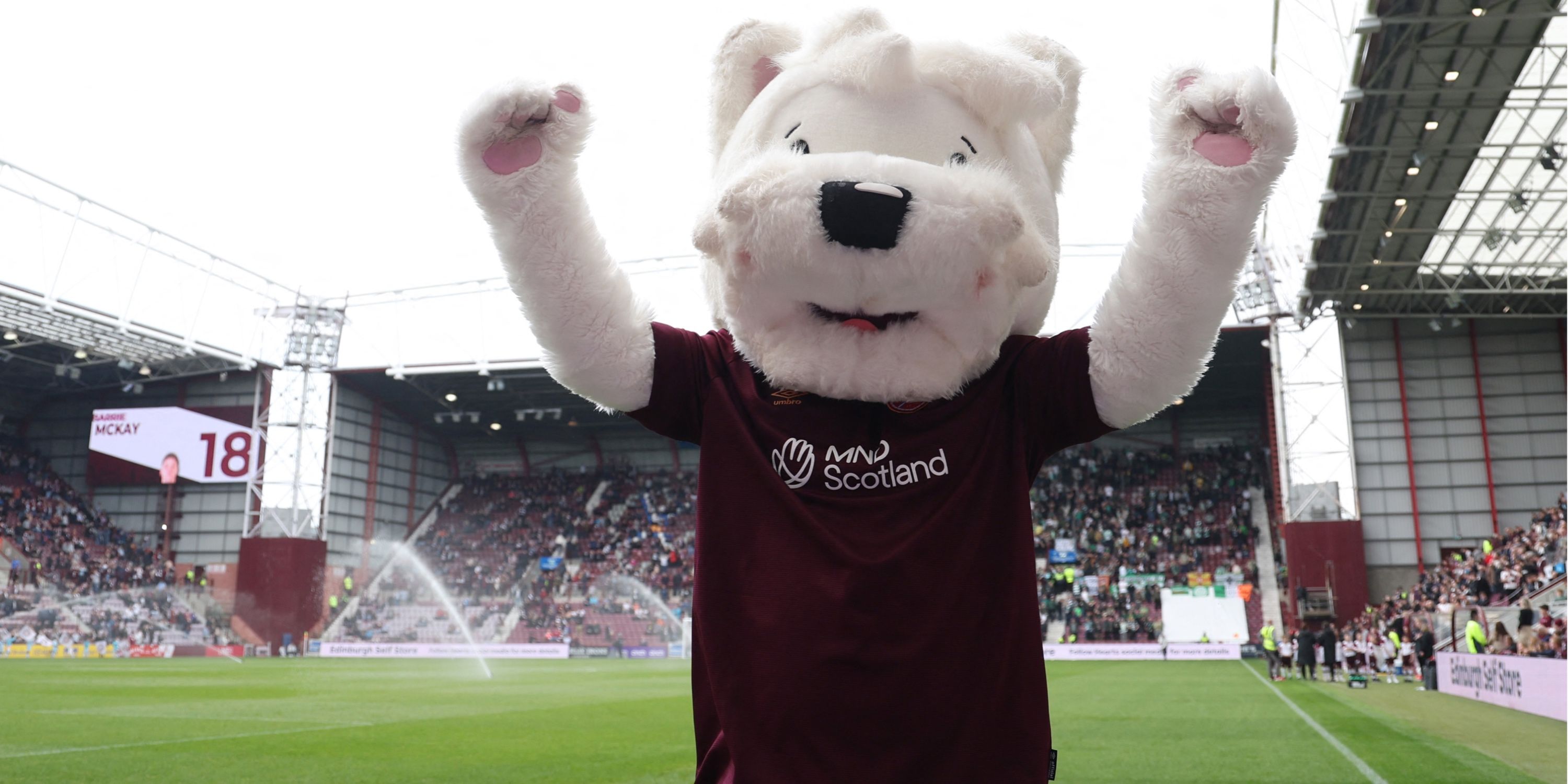Are Hearts Fan Owned?

The landscape of modern football has witnessed a significant transformation over the past few decades, with many clubs exploring alternative ownership models. One of the most intriguing cases in this evolution is Heart of Midlothian Football Club, commonly known as Hearts. Based in Edinburgh, Scotland, Hearts has a storied history and a passionate fan base. This article delves into the question, “Are Hearts fan owned?” and explores the implications of fan ownership in football.
Introduction
Ownership models in football clubs have a direct impact on their operations, culture, and relationship with fans. Traditionally, many clubs have been owned by wealthy individuals or corporate entities, leading to concerns about financial sustainability and the disconnect between owners and supporters. In contrast, fan ownership has emerged as a viable model that prioritizes community involvement and financial transparency. This article aims to unpack the complex ownership structure of Hearts, shedding light on how fans have influenced its management and decision-making processes.
Quick Info Table: Ownership Overview of Hearts
| Aspect | Details |
|---|---|
| Current Ownership Model | Majority fan ownership, via Foundation of Hearts |
| Year of Formation | 2014 |
| Ownership Structure | Non-profit charitable organization |
| Key Objectives | Financial sustainability, community engagement |
| Fan Involvement | Voting rights, decision-making participation |
The Journey to Fan Ownership
Historical Context
Hearts was founded in 1874 and has a rich history, including winning multiple Scottish championships and domestic cups. However, in the early 21st century, the club faced severe financial difficulties, leading to a precarious situation. In 2013, Hearts entered administration, which was a wake-up call for the club and its supporters.
The Birth of the Foundation of Hearts
In the aftermath of administration, the need for a sustainable ownership model became apparent. In 2014, the Foundation of Hearts (FoH) was established, marking a significant shift in the club's ownership structure. The FoH aimed to raise funds through fan contributions to buy the club from its then-owner, Vladimir Romanov, and to ensure its long-term stability.
Achieving Ownership
Through an impressive fundraising campaign, the Foundation of Hearts successfully acquired a controlling stake in the club in 2019, making it the majority owner. This achievement highlighted the power of collective action among fans and set a precedent for other clubs considering similar ownership models.
How Fan Ownership Works
Financial Contributions
The Foundation operates as a non-profit organization, relying on monthly subscriptions from fans. This model has allowed supporters to directly contribute to the club's financial health. It fosters a sense of community and shared purpose, as fans invest not only money but also their passion and commitment to the club.
Decision-Making Power
One of the key features of fan ownership is the democratic approach to decision-making. Members of the Foundation have voting rights on significant club matters, including the appointment of the board and strategic decisions. This level of engagement empowers fans, ensuring their voices are heard in the club’s operations.
Community Engagement
Fan ownership fosters a strong bond between the club and its supporters. The Foundation of Hearts emphasizes community engagement, organizing events, and initiatives that involve fans in various activities. This connection enhances the club's identity and reinforces its role within the local community.
Challenges of Fan Ownership
Financial Sustainability
While fan ownership has its advantages, it is not without challenges. Maintaining financial sustainability can be difficult, especially in a competitive league like the Scottish Premiership. The reliance on fan contributions means that the club must consistently engage and retain its supporter base.
Balancing Interests
In a fan-owned structure, differing opinions among supporters can arise. Balancing these diverse interests while making decisions that benefit the club as a whole can be a complex task. Effective communication and leadership are essential to navigate these challenges and maintain unity among fans.
The Impact of Fan Ownership on Hearts
Performance on the Pitch
Since the transition to fan ownership, Hearts has seen a resurgence in performance. With financial stability, the club has been able to invest in player development and infrastructure, leading to improved results on the pitch. This success has further galvanized the support of fans, creating a positive feedback loop.
Strengthened Community Ties
Fan ownership has reinforced Hearts' ties to the local community. The club is no longer just a business entity; it is a community asset. Initiatives that engage local schools, charities, and community groups have strengthened the club's role in Edinburgh, enhancing its reputation and support.
A Model for Others
Hearts serves as a case study for other clubs considering fan ownership. The success of the Foundation of Hearts demonstrates that clubs can thrive under a model that prioritizes fan engagement and financial transparency. It raises questions about the future of ownership in football and whether more clubs should consider following this path.
Conclusion
In conclusion, Heart of Midlothian Football Club exemplifies the potential of fan ownership in modern football. Through the efforts of the Foundation of Hearts, supporters have taken an active role in the club's management, ensuring financial stability and community engagement. While challenges remain, Hearts' journey highlights the benefits of a model that prioritizes the voices of fans.
As we reflect on the significance of this ownership structure, it is clear that the Hearts case can inspire other clubs seeking to forge a closer connection with their supporters. The future of football ownership may very well depend on the willingness of fans to unite and take charge of their clubs, ensuring that they remain true to their roots while navigating the complexities of the modern game.



Comments ()